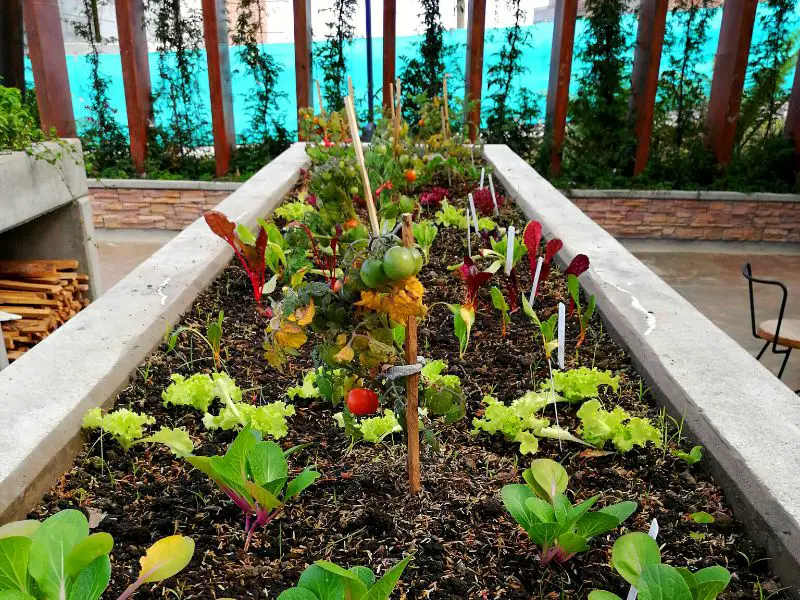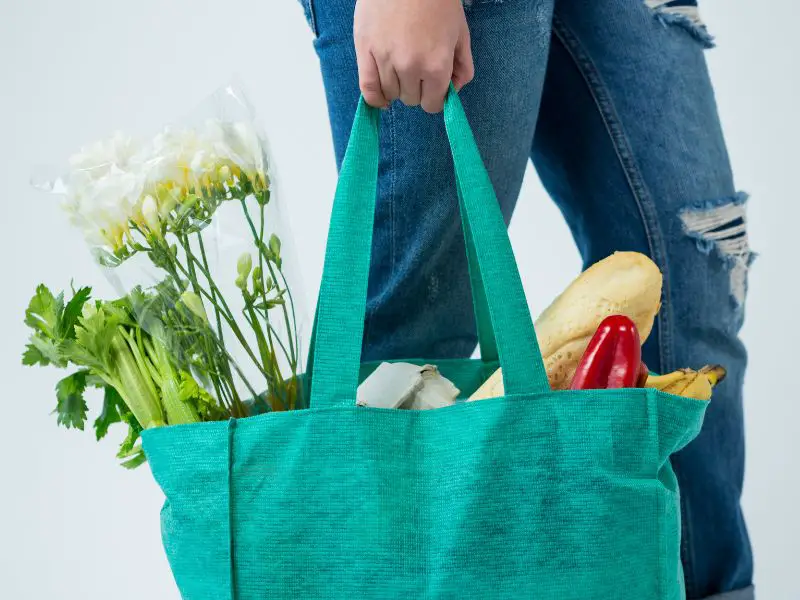Biodiversity is the nature and variation of life within a given area. Biodiversity includes all types of plants and animals as well as microorganisms. Biodiversity also consists of the genetic variability of organisms, such as the number of species and genes within a species. Biodiversity plays a vital role in supporting life on Earth. In this article, we present a general overview of biodiversity and discuss the ways anyone can preserve biodiversity.
Biodiversity Defined
According to the 2001 Convention on Biological Diversity, biodiversity is the variety of living things from all sources, including terrestrial, marine, and other aquatic ecosystems and the ecological complexes they are a part of. This includes diversity within organisms, among species, and inside ecosystems.

How Is Biodiversity Measured?
Biodiversity is a metric that combines species richness and evenness. It is often assessed because incredible biodiversity is consistent with healthy ecosystems. Diverse societies are seen to have enhanced stability, production, and resilience to invasion and other disruptions in general.
Diverse habitats with a diverse plant community may provide advantages such as:
- Providing food for many insect and animal species.
- Stability is brought about by a population of plants that can endure drought, insect infestations, and disease outbreaks, providing the site with some level of soil protection, food, etc., throughout such years.
- Plants with a range of genetic components that might be beneficial for the community’s stability and long-term survival.
- Since all niches are occupied, there is a lower probability of invasion by invasive species in healthy, diversified plant communities.
Rarely recognized, there are downsides to a high level of biodiversity.
- Diverse communities often indicate fragmented or partially degraded habitats, where disturbance species contribute significantly to species richness.
- Plant communities with a high degree of variety may be more challenging to manage for grazing since various plant species have varying grazing tolerances and phenological growth rates.
- Few species in many plant communities are highly suited to their environments, which makes them relatively stable.
Ways to Help Biodiversity
Biodiversity deals with the variety of living organisms in an area and can include organisms from plants to animals to bacteria and more; in short, the total of terrestrial, marine, and freshwater organisms. Biological diversity is critical to the survival of humans, including agricultural use, medical use, clean water, and more.
1. Supporting Local Farms
Buying local is a great way to support farms in your community and help preserve biodiversity. Along with buying local products and foods, also try to buy organic and local. Organic means food is grown without pesticides, fertilizers, or chemicals. Buying local helps promote biodiversity because capitalist economies rely on the global economy to function (which works on cheap, mass-produced goods) and tend to destroy local economies.
2. Save the Bees
Bees and other pollinators help keep plants growing and provide food for people. In fact, if bees were to disappear from the face of the Earth, fruit production would be reduced by 30% within a few years. Help bees thrive by keeping pesticide-free areas and planting butterfly-friendly flowers.

3. Plant Local Produce
Almost all fruits and vegetables have traveled at least one thousand miles to grocery stores. Growing your food promotes practices such as organic gardening, which supports sustainable agriculture and biodiversity in local areas.
4. Take Quick Showers
Biodiversity is dependent on the availability of fresh water in the area. Easy water-saving strategies include taking five-minute showers and turning off the water when washing your hands, dishes or brushing your teeth.
5. Use Fewer Plastic Bags
Plastic bags and other non-biodegradable plastic bags kill hundreds of thousands of marine animals annually. One plastic bag can kill a sea turtle and other marine animals, such as whales, dolphins, and seals. Plastic products are killing ocean animals, so try to use less plastic and be more environmentally friendly.

6. Minimizing Air Pollution
Preserving energy and minimizing air pollution reduces the amount of carbon dioxide in the atmosphere. Reducing air pollution also avoids the release of toxins into the environment, which can harm biodiversity.
7. Read About Preservation Technology Innovations
We, humans, depend on biodiversity for our survival and that of the Earth’s inhabitants. To preserve essential resources, it is vital to learn how to protect it. As you educate yourself about protecting the environment, consider the ways technology can support the effort. Sustainable technology includes preserving energy, embracing green infrastructure, harnessing renewable energy resources, and adopting renewable energy technologies.
8. Protect Forests
Forests provide the habitat that our biodiversity needs to thrive. Help nature stays happy and healthy by planting more trees, changing your community’s policy, or writing your members of Congress about protecting forests.

9. Educate Others
The more people know about the relevance of biodiversity, the more chances we have of protecting it. Spread the word about biodiversity and encourage others to do their part too. Learn about Cop City in Atlanta, Threats to Biodiversity, and 7 Top Hotspots in Biodiversity Around The World.
10. Stay Informed
Stay informed on how biodiversity is being protected and taught about biodiversity and how it affects the Earth. Learning more about the benefits of biodiversity and how to protect it will ensure its survival for future generations.
11. Pay Respect to Local Habitats
The Earth’s ecosystems are vital to life as we know it. These ecosystems provide the air we breathe, the water we drink, and the food we eat. Thus, it’s crucial to protect them. However, people destroy habitats in many places without even thinking about it.
Sometimes people do this without even realizing it, such as when they cut down trees or plant exotic species in their yards. Other times people destroy habitats with intention, such as when they clear land for farming or build houses. However, it’s important to remember that every habitat has a vital role, regardless of whether they are visible to us.

Author’s Note
In conclusion, the preservation of biodiversity on Earth is essential. Not only does it provide us with food, medicines, and resources like clean air and clean water, but it also provides the Earth’s ecosystems with habitats that help them thrive. If we continue destroying these habitats and ecosystems, we will put the Earth’s ecosystems at risk, as well as our own lives. However, if we prevent the destruction of natural ecosystems, biodiversity will have a better chance of surviving and thriving.


5 thoughts on “What Is Biodiversity and Its Most Effective Preservation Methods”